This should be of interest to folks building their fuel systems and those with the solid state low-fuel sensor installed.
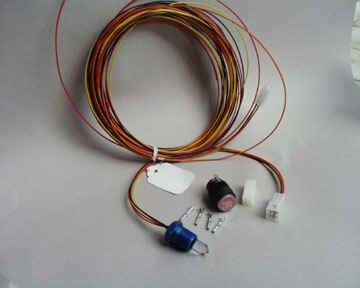
This spring, after some winter work, the fuel system was refilled but the low fuel light was on continuously. My sensor is in the upper part of a custom made 3.7 gal header tank mounted in the lowest part of the fuselage behind the pilot’s seat. There were no unvented air bubbles in the header and the plane was working just fine so I figured I had a bad sensor. I thought it had to do with some issue arising from being high and dry for 3 months. When I finally took it out and looked at it, I found no clouding or other problem. It turned out to be a bad connector plug, specifically a defectively crimped pin in the plug. So I was reminded again of what a colleague with an electrical engineering degree always asked first when people came to him with any and every electrical confusion: “Is it plugged in?” It was uncanny how often that was exactly the whole problem. And so it was with my sensor–a bad connection at a plug.

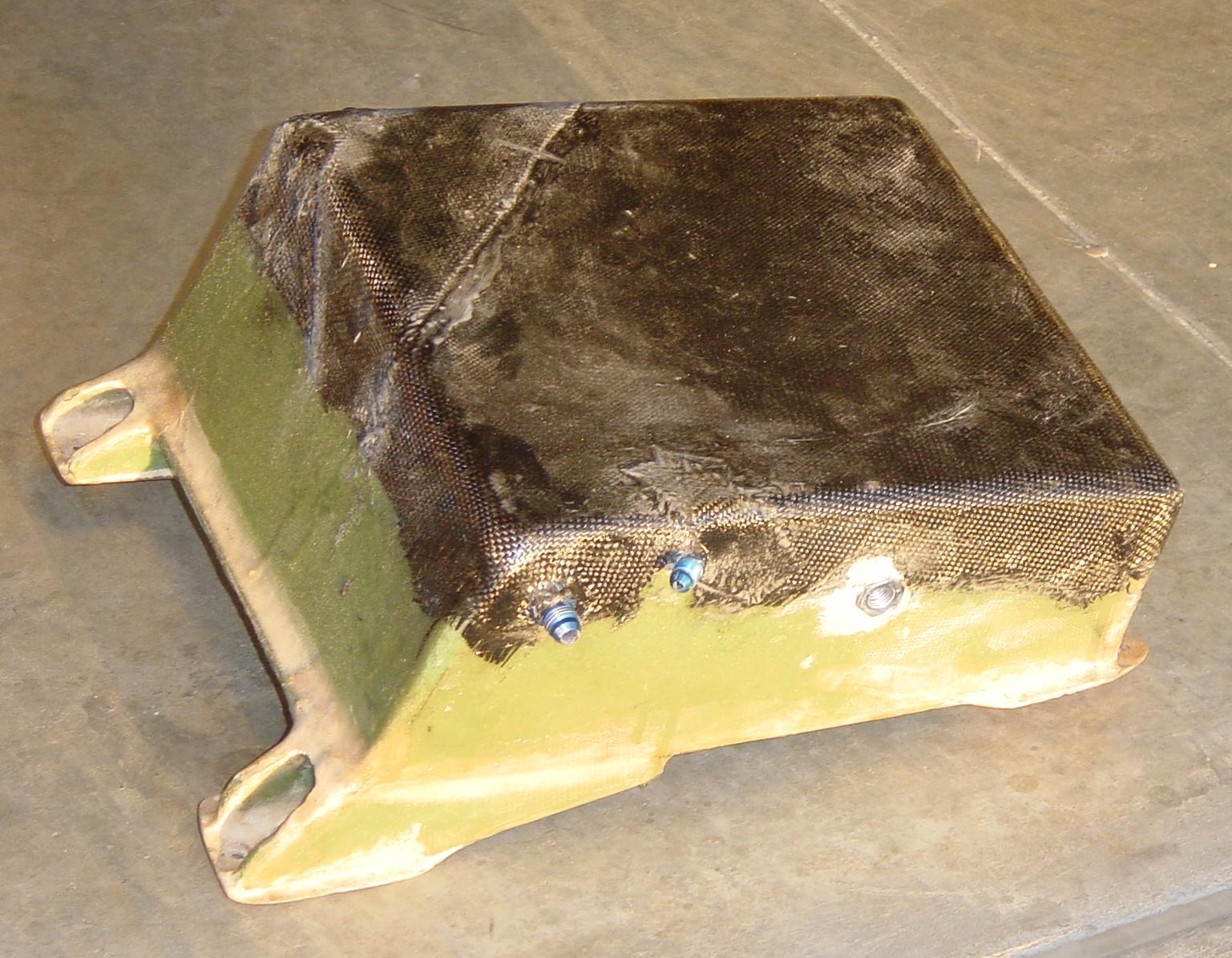
First tip: these sensors are pretty simple and bulletproof. If they fail, check your connections first.
Second tip: When you want to test the sensor by dropping it into some fuel, do it in a darkened container. I wasted several hours of double and triple checking wires and plugs from the indicator light out to the sensor because I kept getting error blinking when I tested the sensor in my transparent fuel sump checker tool. Not until I enclosed the tube of fuel in a black sleeve did I get confirmation that it worked.
Third tip: use some sort of low fuel indicator because a non-panicked precautionary landing that you plan while the engine is still running has to be better than the hastily hatched plan you make under stress when the engine suddenly goes quiet.
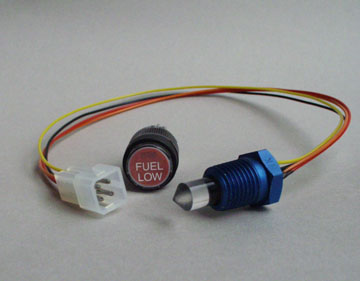
And when you go to install the thing, make sure to run the wires so the plug is in an easy to reach spot. Also, screw the sensor in before you connect the plugs, lest you get a twisted bundle of wires.
Unplug it before you remove it. My troubles began with an inaccessible plug location which led to messed-up plug alignment during reconnection and mashed pins which led to torquing on a poorly crimped wire and a failure.
I am living proof that homebuilding is an educational process. Too bad I favor the trial and error model of self-education.

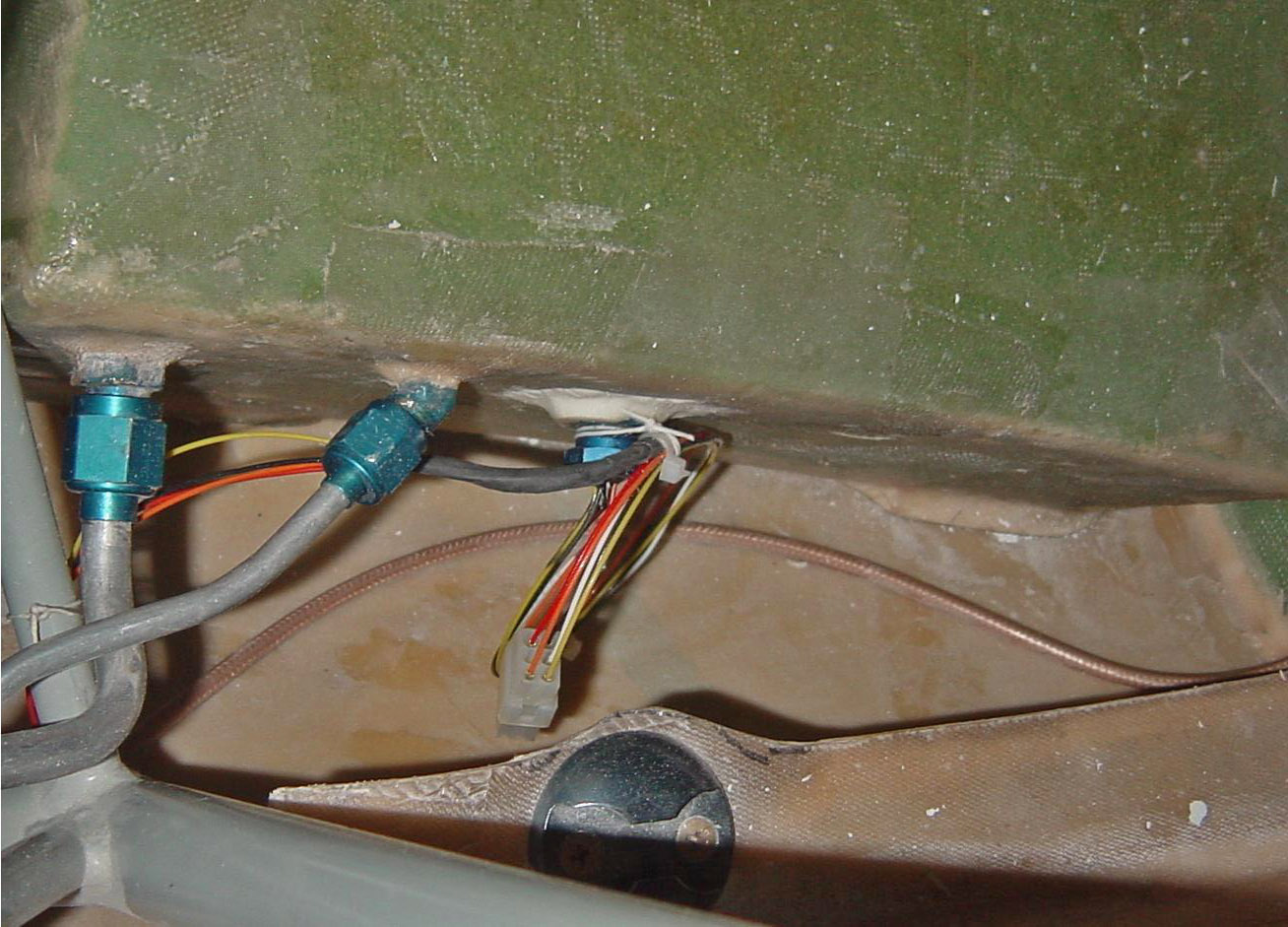

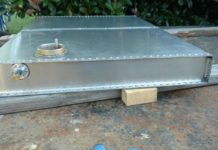

Hello folks! I own a Glastar D-EORG (built 2010) and have the same problem. Since Pillar point is no longer available, I am looking for a replacement for the LFL-12-Kit sensors. Does anyone know where to get spare parts and can help me? Many many thanks.
Wolfgang
PS: I live in Austria!